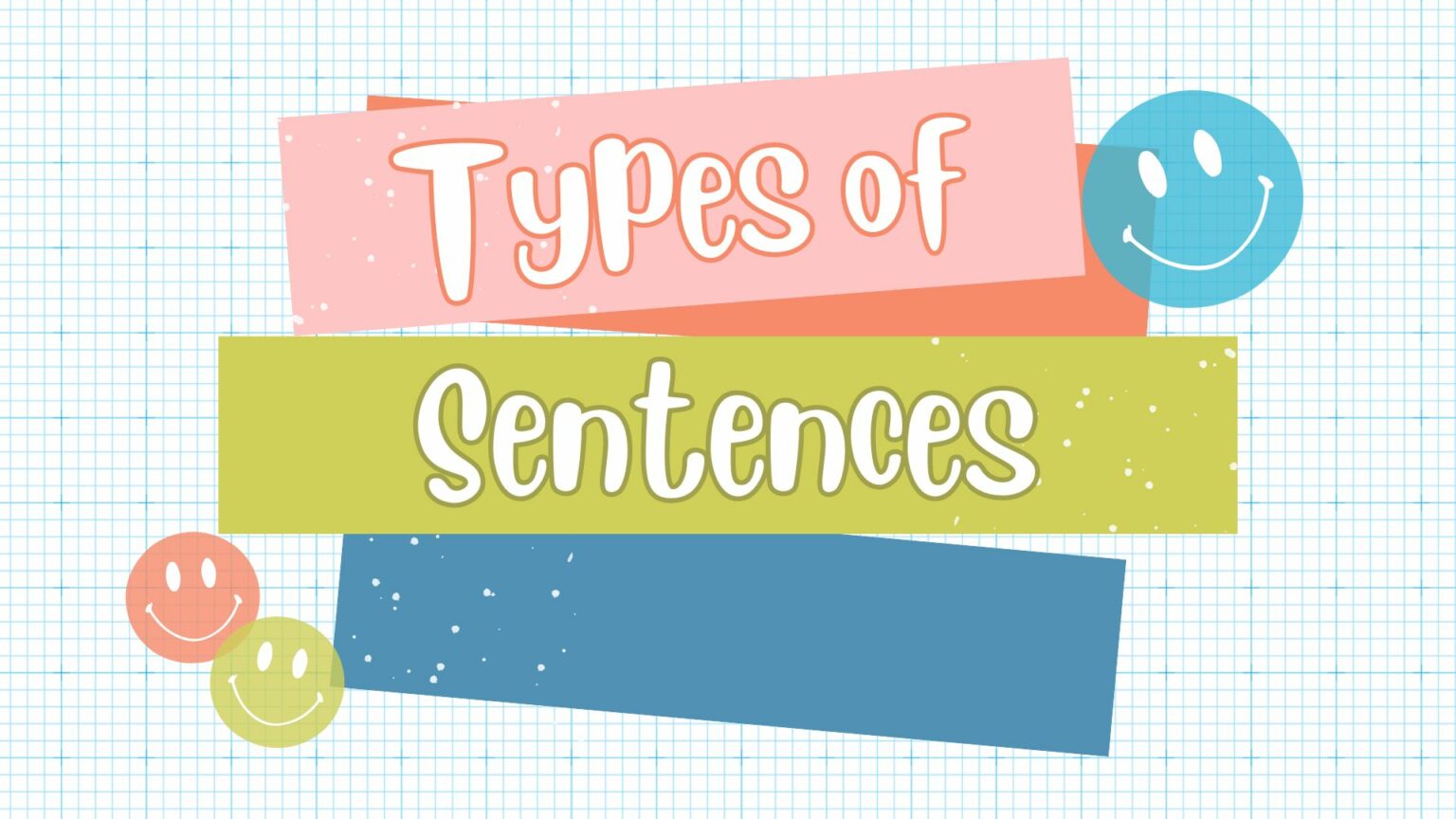If you craft sentences powerful, they will leave a lasting impression on your readers. In today’s fast-paced world, mastering the art of sentences is more important than ever for effective expression. This article will define types of sentences that every communicator should know. As you explore these sentence structures, you’ll discover how to enhance your writing.
Introduction to types of Sentence:
Sentences are the building blocks of language, through which we express thoughts. A sentence is more than just a grammatical structure; it’s a bridge connecting the speaker to the listener, summarizing meaning in a way that can inspire or inform. Each sentence carries its own rhythm and tone, capable of expressing emotion that transcends mere words. The magic lies in the arrangement of subjects, verbs, and objects, each element playing an important role in conveying a goal.
Understanding Simple Sentences:
Simple sentences contain a subject and a predicate. They serve as the building blocks of effective communication, allowing ideas to be conveyed clearly. Simple sentences can express strong emotions, paint realistic images, and deliver impact messages.
They create rhythm and pace, guide the reader without unnecessary details.This technique is particularly useful in modern writing, where audiences often skip content for key takeaways.
Exploring Compound Sentences in the types of Sentences:
A compound sentence is defined as a sentence that combines two independent clauses, often linked by coordinating conjunctions like “and,” “but,” or “or.” This structure not only adds complexity to writing but also enhances the rhythm and flow of ideas. A compound sentence invites the reader to engage with different angles, making the statement engaging.
Example of compound sentence is as follows in which we will use “but”
He is poor but he is honest.
Complex Sentences:
Complex sentences are structures that contain an independent clause and at least one dependent clause. This powerful tool allows authors to convey thoughts and relationships between concepts, making their writing more engaging and thought-provoking. When used effectively, complex sentences can transform simple statements into rich stories, inviting readers to explore the connections between ideas rather than just exploring the surface.
Here we will explain the power of complex sentences through the example given below for the word “because”.
I went to the doctor because I was sick.
Using Compound-Complex Sentences Effectively:
These sentences combine at least two independent clauses with one or more dependent clauses, creating a structure that shows the complexity of human thought. This layered approach conveys your narrative. For instance, by using a compound-complex sentence, you can clarify viewpoints.
To use compound-complex sentences effectively, consider the rhythm and flow of your writing. Varying sentence structure keeps readers engaged and encourages them to think critically about the content. When you skillfully weave these sentences into your work, you create a more engaging tone that promotes your overall writing style.
Mastering Interrogative Sentences:
Interrogative sentences pose a question, they come in various forms—yes/no questions, wh-questions, and choice questions—each serving a unique purpose in conversation. Mastering the art of crafting effective interrogative sentences can transform boring interactions into meaningful dialogues.
Consider the power of a well-structured wh-question: “What inspired you to pursue your passion?” The rhythm and tone in which these questions are delivered can significantly affect the quality of the response. By enhancing your ability to formulate thoughtful interrogative sentences, you not only enhance your communication skills but also foster a more engaging environment for dialogue.
Crafting Exclamatory Sentences:
Exclamatory sentences express a high level of emotion and often end with an exclamation mark; these constructions can transform dull observations into passionate declarations. For instance, instead of simply stating “I won the game,” one might exclaim, “I can’t believe I won the game!” This change enhances the moment of joy.
Consider imagery and verbs that resonate with your audience. Instead of saying, “What a beautiful sunset,” try “What a breathtaking explosion of colors painting the sky!” Such creativity not only enhances the emotional weight of your statement but also paints a picture in the minds of your readers, drawing them deeper into the experience you’re sharing.
Using Declarative Sentences:
Declarative sentences convey information and end with a period, these sentences establish clarity in both spoken and written language. For instance, the sentence “The sky is blue” not only presents a straightforward observation but also invites deeper reflection on the natural world around us. Declarative sentences empower us to express our thoughts.
Moreover, the power of declarative sentences can shape a story and influence viewpoints. Consider the example, “The old house stood at the end of the street, shrouded in mystery.” This simple declaration not only informs but also evokes curiosity and anticipation in the reader, encouraging them to delve further into the tale.
Imperative Sentences:
Imperative sentences give direct orders or make suggestions, they can vary in tone and urgency, depending on the context. For example, the phrase “Close the door” serves as a straightforward command, while “Please pass the salt” softens the request, making it more polite. This flexibility allows imperative sentences to adapt the level of formality or familiarity in a conversation.
Imperatives create an interactive experience where the recipient is encouraged to act. Consider the motivational phrase “Believe in yourself”—it not only commands but also empowers the listener.

